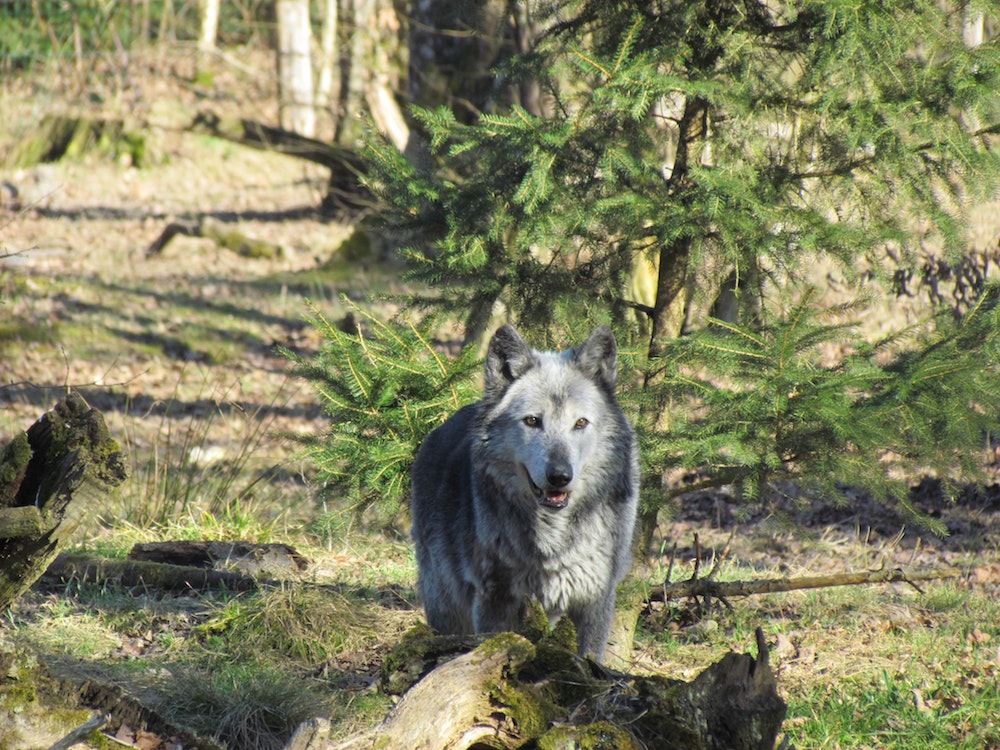
After a close race, Colorado passed Proposition 114, allowing the reintroduction of gray wolves into the state. While there are myriad issues, perspectives and stakeholders surrounding this topic, one College of Agricultural Sciences professor has been researching the economic impact it could have on the state, including its ranchers.
Dana Hoag, a professor in the Department of Agricultural and Resource Economics, who focuses on the intersection of agriculture and the environment, has worked collaboratively with the Warner College of Natural Resources as a member of The Center for Human-Carnivore Coexistence to help inform economic models, should the measure pass.
“[Wolves] are going to naturally colonize here sooner or later,” says Hoag. “This ballot initiative is going to put them on the map faster. The bottom line is that for a lot of ranchers, they feel like [the initiative] is introducing a dangerous pest.”
The economic cost and benefit of reintroducing wolves
Hoag feels that most ranchers probably understand why people in Colorado want to see wolves returned. However, the benefits of reintroducing wolves are distributed widely but measure small per person, while the cost is distributed very narrowly but measures quite large, specifically for Colorado ranchers who fear wolves will prey on their livestock. While arguments have been made that compensation for livestock killed by wolves should suffice, Hoag argues it’s more complex than that.
“’The state or private groups will just pay for the killed animals, what’s the big deal?’,” says Hoag. “Well, it is a big deal to many. If you wanted that cow or calf sold, you would have sold it. If it’s left in the field, you’re going to gain more value. Studies have shown that wolf-related stress in cows could cause a downturn in pregnancies, as well as an average loss of 22 pounds in calves intended for market. So you lose the value you could have gained. Many ranchers feel like wolves could really hurt them.”
To get a better sense for how ranchers and wolves can coexist, Hoag has spent time studying programs in several western states that have been dealing with coexistence for nearly 25 years. This has provided insight into how Colorado can use revenue from reintroduction to support the state’s ranchers, and how ranchers can minimize losses.
According to Hoag, the societal value of wolves boils down to recognizing four economic values:
- Consumptive, which is revenue surrounding hunting wolves, including hunting licenses, travel and lodging (Montana brings in roughly $400,000 annually in license fees alone).
- Non-consumptive, which is tourism to see wolves, which can be substantive.
- Option, which is a willingness to pay an amount to ensure that one day you might get to see a wolf.
- Existence value, which is wanting to know that wolves are there, regardless of any intention to see them.
Hoag roughly estimates that the state could see more than 10 times more value in the benefits, compared to the costs in livestock damages.
“Compensation has several layers but the bottom line is that if society is going to increase wolf populations, ranchers are going to bear the main cost,” says Hoag. “Perhaps they should be compensated.”
Looking at compensation packages in other states
Hoag has studied compensation plans across Montana, Wyoming, Idaho, Washington and Oregon, which all very widely. For instance, Wyoming will pay a ratio of seven-to-one, meaning if a rancher can prove a wolf killed a calf, the state will pay seven times the value (market price of the animal), assuming the wolf also killed an additional six. At the end of the season, when ranchers bring their herd back and run a headcount, they pay back the difference if overpaid. Washington’s program offers a two-to-one compensation package, and Montana offers one-to-one.
“It’s different in every state and has a lot of nuances,” says Hoag.
For example, funding these programs can be difficult because the value of wolves is not always translated into dollars that can be passed through for compensation programs.
“But the important thing here is to understand that cooperating with the state to tolerate a healthy wolf population produces a giant benefit that can be used to compensate livestock producers for the disproportionate impact on their businesses. What we can do as a college of agriculture is help ranchers with prevention and compensation?”
While Hoag is working on compensation research, he’s also working with the Warner College of Natural Resources to price out prevention research and its efficacy.
“As an economist, if I ask ‘what are our options for prevention?,’ the natural scientists tell me what the costs are and I help put a dollar number on them,” says Hoag. “I would look at prevention methods and the cost and maybe make an estimate of how many livestock deaths would be prevented, and then I put a dollar number on that. It’s the same with compensation.”
Whether or not the ballot initiative had passed, Hoag’s work on this topic would have been far from over, as he sees the growth of wolves in Colorado as an inevitability.
“It’s a matter of time,” says Hoag. “I really appreciate where the ranchers are coming from. It feels awful when someone says they’re going to introduce a pack of wolves right next to your sheep. I want to work with ranchers to get information translated into how they can sustain their ranch – how to make a sustainable profit when dealing with wolves.”